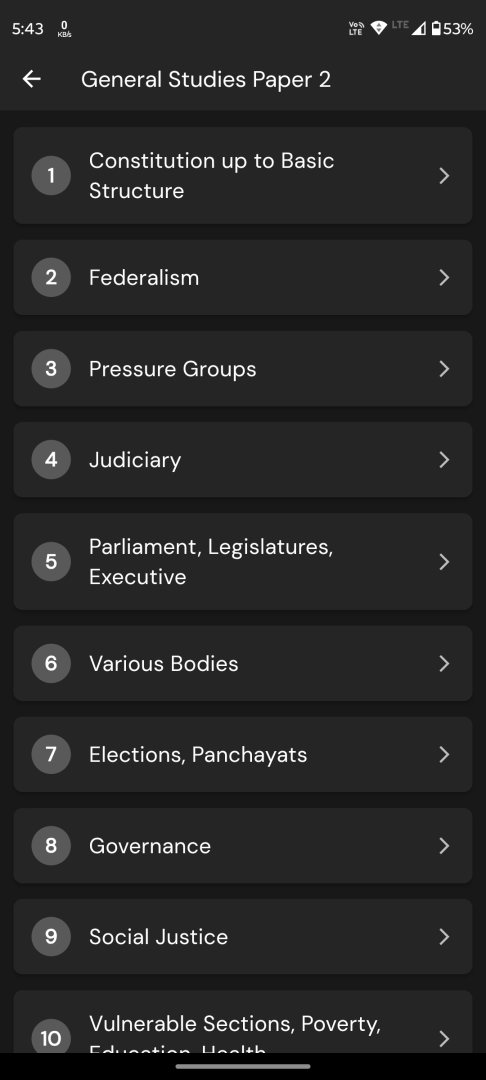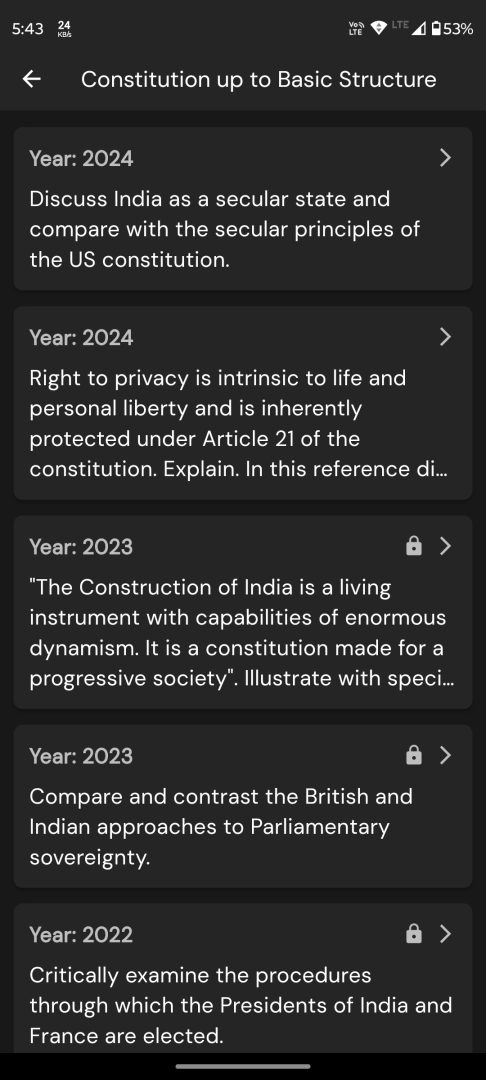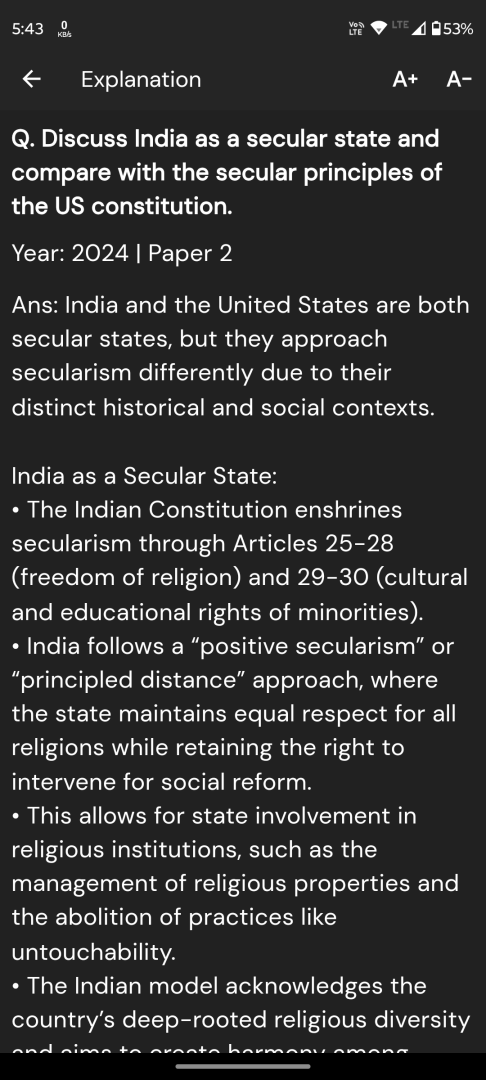Q. “Energy security constitutes the dominant kingpin of India’s foreign policy, and is linked with India’s overarching influence in Middle Eastern countries.” How would you integrate energy security with India’s foreign policy trajectories in the coming years?
UPSC Mains 2025 GS2 Paper
Model Answer:
Energy Security and India’s Foreign Policy Integration
India’s overwhelming energy import dependency—85% crude oil, 55% natural gas—makes energy security central to foreign policy, necessitating multi-dimensional diplomatic strategies beyond traditional Middle Eastern partnerships.
Current Energy-Foreign Policy Nexus
• Middle East Dominance: Supplies 60% of hydrocarbon imports, shaping India’s “Look West Policy” and requiring sustained diplomatic engagement with Gulf nations
• Diplomatic Balancing: India maintains simultaneous partnerships with regional rivals Saudi Arabia, UAE, and Iran, navigating sectarian tensions to protect energy interests
• Strategic Investments: ONGC Videsh’s overseas acquisitions and joint ventures like Ratnagiri Refinery transform buyer-seller dynamics into comprehensive partnerships
Future Integration Trajectories
1. Geographic and Source Diversification
• Expanding supplier base: India now sources crude from 39 countries, with Russia becoming top supplier post-Ukraine crisis, while exploring Nigerian oil, Mozambique gas, and Venezuelan heavy crude
• Clean energy partnerships: Pursuing solar technology with Germany-Japan, green hydrogen cooperation with Australia-EU, and critical minerals diplomacy for lithium in Argentina
2. Strategic Partnership Evolution
• IMEC corridor: This India-Middle East-Europe initiative integrates energy infrastructure with transportation corridors, enhancing connectivity and supply security
• I2U2 Forum: India-Israel-UAE-USA collaboration creates opportunities for renewable investments and technology transfer
• Equity participation: Indian PSUs acquire overseas field stakes, ensuring long-term security through ownership rather than purchase agreements
3. Renewable Energy Leadership
• International Solar Alliance: Leading this 121-member initiative positions India as clean energy leader while attracting technology and investments
• Net Zero 2070 alignment: Climate commitments create diplomatic opportunities for green financing and enhanced global stature
4. Maritime Security Integration
• SLOC protection: With 85% crude via sea routes, India strengthens naval capabilities through QUAD cooperation and SAGAR doctrine
• Chokepoint diplomacy: Engaging nations controlling Strait of Hormuz and Malacca Strait ensures uninterrupted energy flows
5. Domestic Resilience
• Strategic reserves: Expanding from 9.5 to 90 days coverage
• Renewable targets: 500GW capacity by 2030 requires diplomatic efforts for investments and technology
Conclusion: Balancing traditional partnerships with diversification and sustainability determines India’s energy security and global influence.




